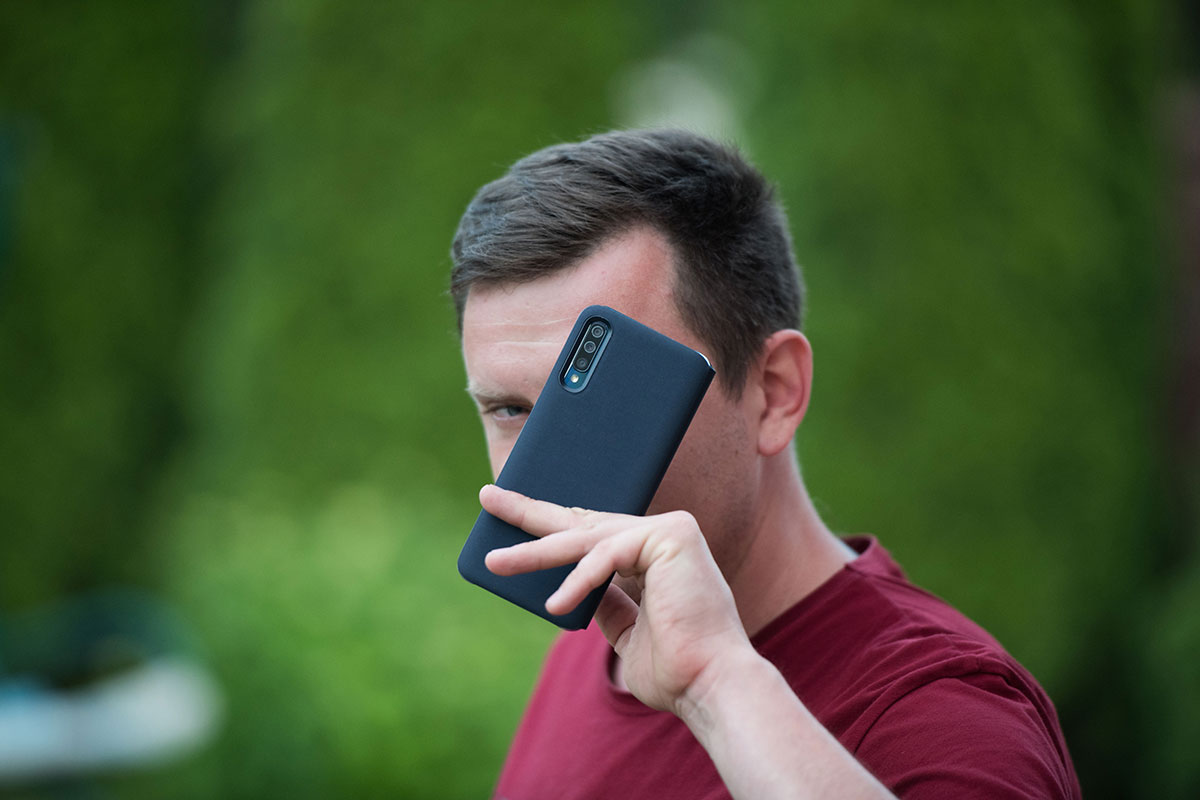The Future of 5G
The future of 5G is on the horizon. There is no doubt that it is coming, but when is anyone’s guess.
Unsure what the fuss is about? Let’s talk mobile…
- First generation (1G) was wireless telephony. Cell phones for voice calls only, before they had internet access.
- 2G was when data could be sent wirelessly. This was the era of MMS (multimedia message service) when you could share pictures in a text message.
- 3G was the first standard for mobile data introduced in the early 2000s. These were the speeds that made video calls possible and more-or-less made MMS redundant as photos could be uploaded online and shared.
- 4G LTE is the most recent stable mobile broadband with speeds capable of streaming HD movies.
- The fifth generation (5G) is capable of even faster speeds, but that’s not really the point.
While speed is great and all, when 5G becomes available, the purpose is to support the increased reliance on mobile data speeds as more devices will be connected. The more devices eventually connecting to 4G LTE will increase latency times and slow the speeds down. 5G gives networks more data to distribute between devices.
The one thing we can take from existing 5G rollouts and pilot trials is that before you get the blazingly fast speeds, you can expect a bumpy ride as manufacturers strengthen phone components.
Battery life will be shorter on 5G
Apple’s iPhone 12 is ready for 5G but it’s primarily aiming to support it rather than run it.(1) Apple opted for a combination approach to run a stable data connection on 4G that toggles between the two to extend battery life. Running 5G consistently, given the fast speeds that will eventually be available, isn’t necessary for much of things we already do.
For instance, if you want to download a video, turning on 5G is likely to download it in under 10 minutes, whereas on 4G, it could take around 48 minutes to download a movie.(2) On 5G, that can be sped up to 7 minutes and 20-seconds. Downloading a music album could be as fast as 10-seconds using 5G.
For speed and battery performance, expect newer smart phones to have 5G compatibility that lets you increase speeds based on the task you need to do.
Much like mobile data is used when you’re on the go, and WiFi connections used from your home broadband, the same setup is likely to apply when 5G rolls out.
5G will get you faster speeds on the go, but it won’t replace your home broadband, at least for a while because 5G uses millimeter wave(3) frequency that can only travel shorter distances. Extended coverage will take years as the signals aren’t strong enough to travel through walls(4) so expanding 5G networks is going to require more 5G cell towers, that’s likely only realistic in cities and not in rural areas.
5G Will Power the IoT (Internet of Things)
The world has been progressing towards smart technology at a faster pace in recent years. Autonomous driving, remote drone flights, smart connected homes and AI powered robotics are all being connected together with information collected, stored and shared online.
There’s an ever-growing reliance on data. So much so that the latency (speed to connect) is getting slower as more devices are connecting through 4G LTE.
Once 5G is rolled out across cities, it’s not beyond the imagination to envision IoT sensors being installed on traffic cameras and CCTV cameras to identify congestion, auto update satellite navigation systems to help reduce congestion and keep the traffic flowing.
Connected cars already use a ton of software, much of which is updated automatically without the need to visit a garage to have systems updated. With more connected cars, analog redundant, and much of the in-vehicle infotainment reliant on WiFi, there’s going to be a drastic increase in data usage.
5G networks will be needed to make the flow of data possible. The more devices that get connected, the slower it will become. 4G LTE may provide sufficient speed for now, but in the future, it’s likely going to be too slow to keep up with demand.
Regardless the speed promise that 5G offers, it’s unrealistic to expect those speeds. The capability will be there, but it’s more likely that network operators will throttle the speeds, the same as they’ve always done(5) with 4G LTE to maintain consistent speeds, even if they are slower.
5G is the future, but the real winners will be businesses involved in the Internet of Things. Consumers will benefit from increased connectivity - more devices connected together making life a bit simpler - but lightning-fast speeds likely won’t be experienced. Expect more stable speeds and the option to toggle between 4G and 5G because the insanely fast 5G speeds really won’t be needed for much of things we use mobile data for consistently. 4G LTE has the speeds we need for everyday mobile internet speeds. 5G will increase opportunities for IoT enabling more technology to be connected, including smart cars.
Sources:
(1) https://www.cnet.com/news/the-6-hardest-truths-weve-learned-about-5g/
(2) https://www.letstalk.com/cellphones/guides/5g-vs-4g
(3) http://www.profheath.org/analysis-of-millimeter-wave-systems-for-5g
(5) https://mashable.com/article/t-mobile-magenta-max-5g-plan/

